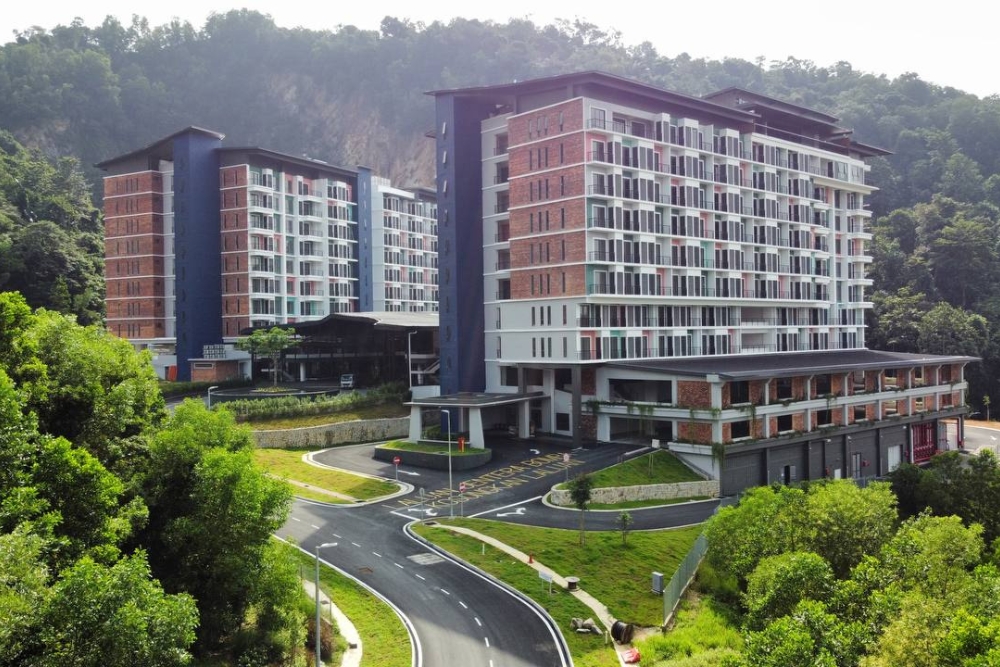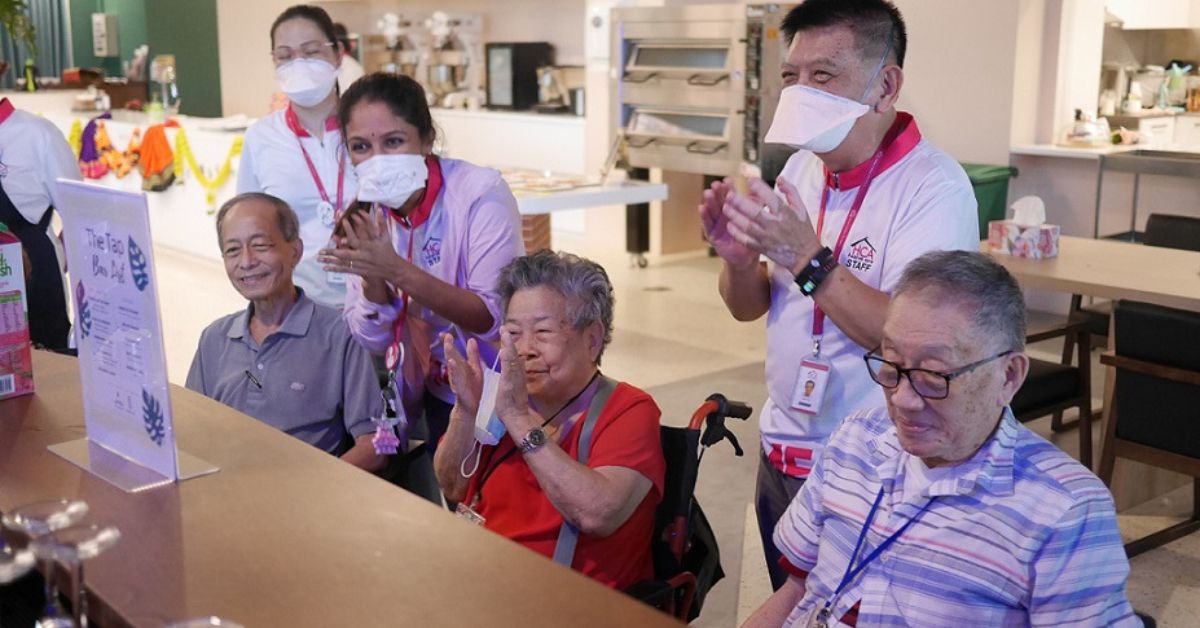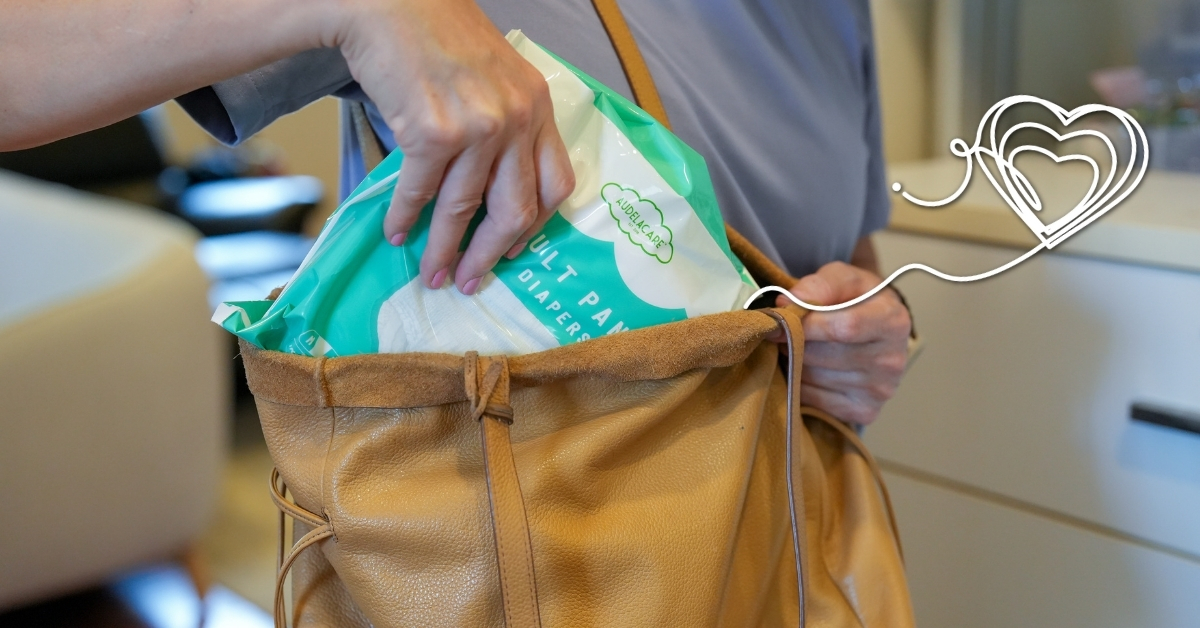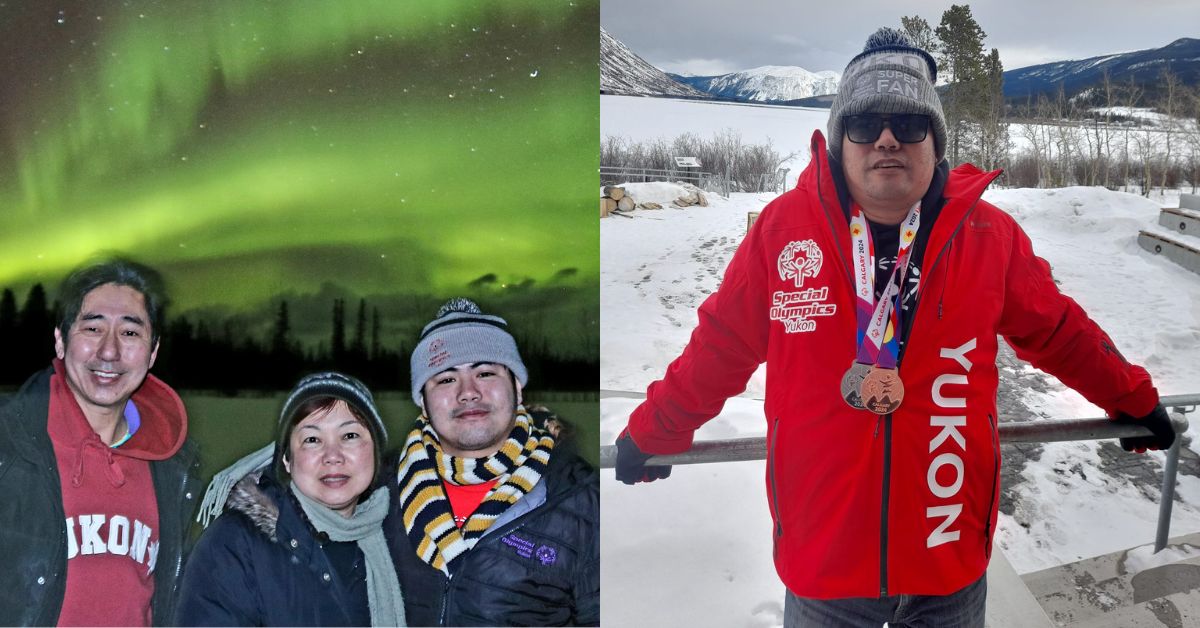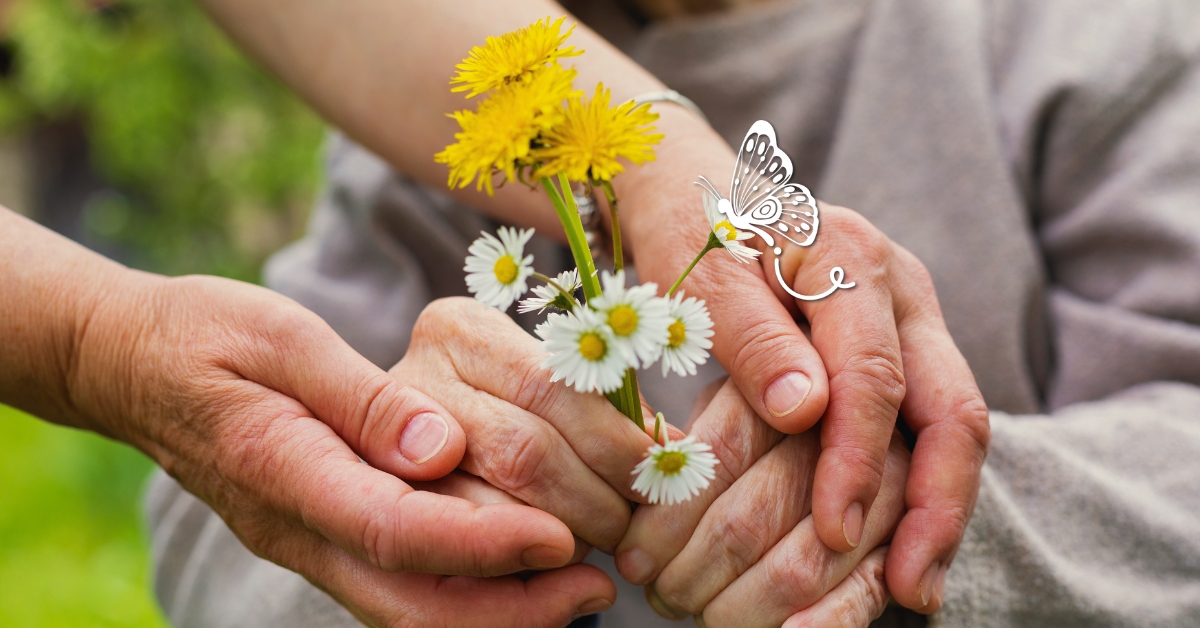
Singapore’s silvers are a heterogeneous bunch. There are ardent globetrotters, septuagenarian entrepreneurs and fitness junkies, but there are also caregivers and those who need them – and everyone else in between. To cater to this growing and diverse crowd, the eldercare marketplace has now evolved to provide a broader spectrum of eldercare options than ever before.
There are assisted living centres, community care facilities, retirement villages, adult day care centres, nursing homes and hospices.
It can all get rather confusing, especially once you throw government initiatives – think Healthier SG or Age Well SG – and other newfangled terms like ageing in place, ADLs (activities of daily living), advanced directives and care plans into the mix.
Rather than suffering through countless articles or relying on finicky AI-derived definitions, bookmark this definitive cheat sheet for eldercare options in Singapore.
We’ve compiled everything you need to know about the spectrum of care options here into an easy-to-navigate article, along with some general advice on the kind of assistance you’d expect from these facilities.
Advertisement
Eldercare options In Singapore
Ageing in Place
Supervision: None to minimal
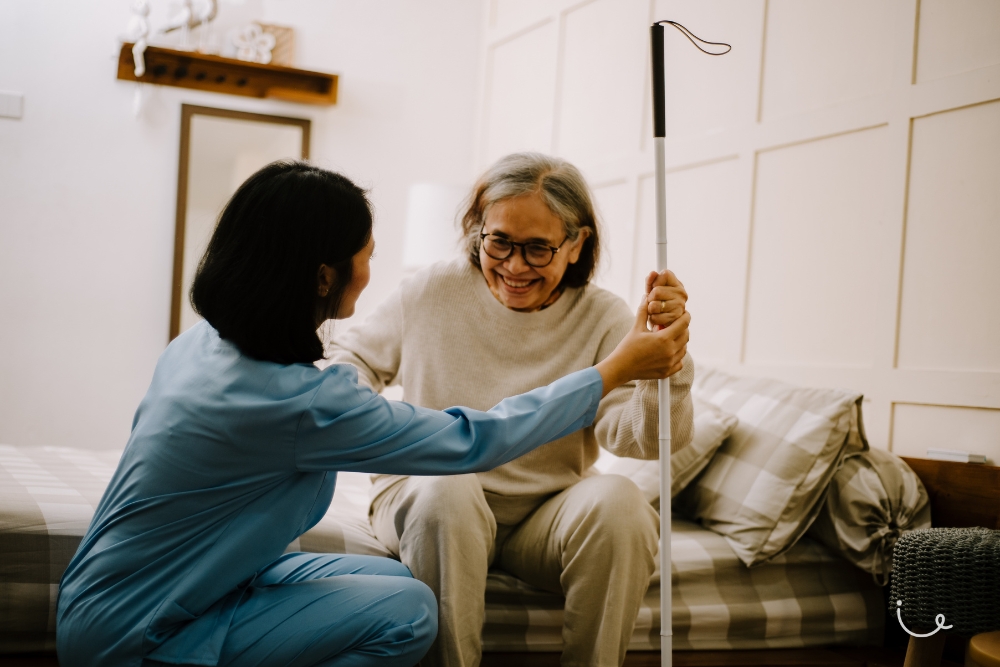
Ageing in place is exactly what it sounds like – growing older in one’s own home, supported by amenities and a community familiar to oneself. A recent survey showed that over eight in 10 of older adults in Singapore prefer to age in place, and it’s easy to understand why.
Ageing in place provides seniors with a familiar, comfortable and stable environment – though unfortunately, that comes with plenty of caveats. Seniors who stay in their own homes are generally healthy and able to go about their daily activities with no supervision or assistance necessary.
At some point, provisions have to be made to keep this level of independence. Fitting the home with senior-friendly devices like grab bars and fall detectors, for example, allow these seniors to maintain their independence and autonomy while staying safe.
Caregivers, whether part-time or live-in, professional or blood-related, can also help seniors to age in place – provided they have the means necessary to get one.
2-Room Flexi Flats
Supervision: None to minimal
Independent silvers who wish to free up some cash by downsizing – or who no longer wish to maintain a larger home – can apply for a short-lease 2-Room Flexi Flat during any of the Housing Development Board’s (HDB) usual quarterly flat exercises.
These are studio apartments designed to comfortably meet the living needs of a senior couple without extra frills, meaning one bedroom, one bathroom, a kitchen and a living room. These flats are designed for mostly independent seniors, so don’t expect supervision or amenities like the kind you’d find in newer Community Care Apartments (see below).
Anyone above the age of 55 can apply alone or together with a spouse, parent, child, sibling and even an unrelated single person, provided your eventual applicant nucleus falls within HDB’s financial parameters like a combined monthly income of less than $14,000 with no private property holdings.
As the name implies, the leases here are shorter, running from 15 to 45 years in 5-year increments (when you buy one, it has to last you at least until you’re 95 years old).
You can typically snag a 2-Room Flexi Flat for under $350,000, though there are also a range of grants available to offset these costs – though that of course varies depending on the income of the applicants and whether you’ve purchased a flat before (find out more here).
Senior Day Care Centre
Supervision: Minimal to high
Senior day care centres are a weekday, daytime-only eldercare option that can help provide caregivers with respite or at the very least, the flexibility to stay at their jobs during working hours.
Much like infant or student care, these senior day care centres provide meals along with a host of social and recreational activities that change depending on individual centres’ schedules. While seniors will generally be given the independence to join or sit out of activities if they desire, they naturally won’t have that same freedom or autonomy of an afternoon left to their own devices.
This is a great option for seniors who require some supervision in case of falls but are generally physically healthy and is a good way to keep them engaged socially and emotionally.
For seniors with dementia, there are also specific day care services catering to them as well.
Respite Care
Supervision: Minimal to high
Respite care refers to any form of temporary eldercare in service of easing the caregiver burden. While senior day care centres do fall within this broad category, we believe that respite care deserves its own category.
After all, caregivers might prefer to opt for home-based respite care over centre-based options, especially if the seniors in their care prefer a more familiar, comfortable environment.
Night nurses can also offer additional peace of mind for caregivers and seniors with high care needs, though of course, those aren’t cheap (subsidised options can be found through organisations like the Agency for Integrated Care).
Assisted Living
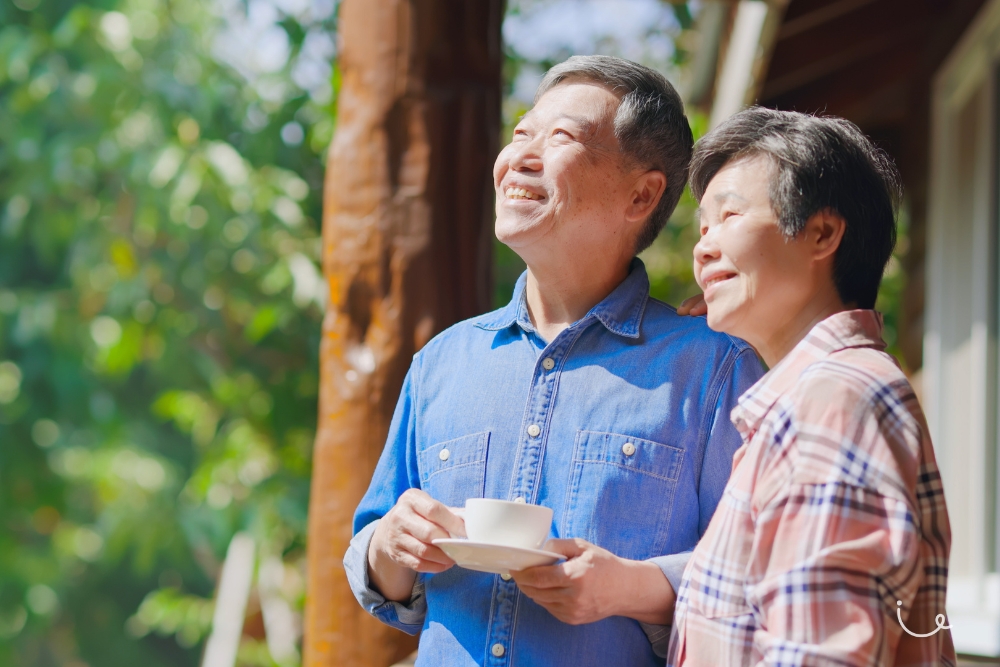
The next few eldercare options fall into the overarching umbrella of assisted living, which generally describes residential care facilities that provide some help with the necessities of daily life (think laundry or cooking) and supervision, but not to the extent of a nursing home (where attendants might assist residents with showering or eating, with comprehensive daily schedules).
Assisted living facilities can also serve as an additional safety buffer, providing peace of mind to seniors and their loved ones in the form of light supervision while maintaining overall independence.
Compared to countries like Japan, assisted living facilities are still in their nascency in Singapore.
As of 2021, it was estimated that only 0.1% of the senior citizens and permanent residents here lived in assisted living facilities, compared to 97% ageing in place and 2.5% in nursing homes. But this is slowly changing here, with the government’s push to build more Community Care Apartments in coming years.
- Community Care Apartments
Supervision: Minimal to medium
The Community Care Apartments (CCA), jointly offered by Ministry of National Development (MND), Ministry of Health (MOH) and HDB, is an assisted living public housing concept for seniors to enable ageing in place independently.
They have been launched in Bukit Batok, Queenstown and most recently, Bedok. The Bukit Batok development was recently completed in October 2024, and the others are expected to be ready by 2028.
CCA developments essentially gather seniors into blocks of flats that come outfitted with senior-friendly implements from the get-go, shifting the onus of supervision onto professionals instead of loved ones. These developments are also well-connected to amenities like clinics, active ageing centres and food centres.
Though basic health checks and home fixes are included by default, seniors can pay a little extra for assistance with laundry, meals or day care. With that said, seniors generally have full autonomy to head out and come home as they please.
In terms of eligibility, CCAs work similarly to 2-Room Flexi Flats, except that you now have to be above the age of 65 to apply for one. Costs for CCAs thus far have ranged from about $50,000 to $110,000, so you can probably expect to pay around that amount – depending on the length of your lease, which goes from 15 years to 35 years in 5-year increments.
- Senior Co-Living
Supervision: Medium
Senior co-living is a novel eldercare option in Singapore that sees silvers rotating in and out of retrofitted apartments (think Red Crowns Senior Living) or landed homes (like St Bernadette Lifestyle Village).
However, there is generally less privacy when co-living compared to CCAs, as seniors will be sharing facilities like toilets and kitchen with other people while receiving direct care or supervision from trained helpers or nurses.
Of course, those with a greater need for assistance – for example, a senior with dementia – might benefit from this eldercare option, as their loved ones can opt for heightened supervision or assistance packages without giving up on the cosy, home-like environment.
Costs, however, can run steep. Apartments like the ones provided by Red Crowns Senior Living will generally run between around $2,500 to $4,000 per month (depending on the level of care you opt for and the type of housing), while a landed home like St Bernadette runs for upwards for $4,600.
Retirement villages (sometimes referred to as assisted living facilities) offer an interesting – and for now, pricey – compromise between ageing in place and a full-care residence like a nursing home. These are often large complexes that offer lifestyle amenities like spas, fitness centres and games rooms to go along with daily meals, laundry and cleaning services.
Depending on the provider, seniors living in these assisted living facilities are often free to go about daily activities within the complex, though they aren’t always permitted to come and go as they please. Examples include Allium Care Suites, or Millenia Village in Seremban.
Be prepared to fork out at least $7,000 a month for a stay at Allium Care Suites, though naturally, staying at a retirement village overseas usually comes cheaper at around $2,000 to $3,000.
Community Hospitals
Supervision: Medium to high
Though not restricted to seniors, community hospitals are a valid eldercare option for seniors who require an intermediate level of rehabilitative treatment that will help them better transition to long-term care at home or in a dedicated facility.
Stays at community hospitals generally last between a few weeks and just a few days, depending on the treatment required. Do note that community hospitals are not meant to be a long-term option but as an interim solution while deciding on the eventual care option.
Nursing Homes
Supervision: High
Nursing homes are long-term residential care facilities for seniors who require a high level of assistance in most of their activities of daily living, which include going to the toilet, showering and eating. Additionally, they generally require a level of medical care that informal caregivers simply cannot provide due to a lack of specialised training and equipment at home.
Due to the rigour of care demanded, this eldercare option typically isn’t accommodating to a senior’s lifestyle and autonomy. This means that they might have to adhere to stricter schedules than they’d like, with little wiggle room for, say, impromptu trips to a nearby coffee shop that might be possible in a private assisted living facility.
With increased supervision too comes a lower level of privacy, with nurses and professionals attending to residents’ needs at all times of night.
Hospice/Palliative Care
Supervision: High
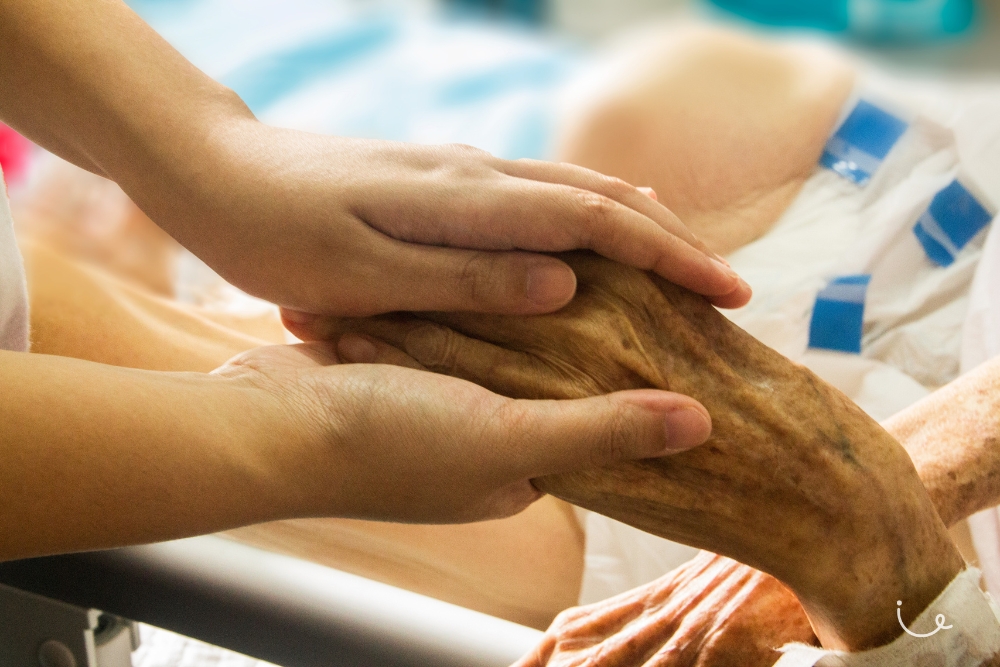
The final eldercare option in the care continuum is called hospice or palliative care, and it can be summed up simply as end-of-life services. Like nursing homes, the seniors who require this kind of care generally require specialised support that cannot be provided at home.
The difference, in this case, is that residents will typically be looking at a life-limiting illness, which means that they will need care that prevents or relieves suffering – though sometimes, patients are able to make a recovery and be discharged from palliative care.
The important thing to note is that palliative care focuses on improving quality of life, and it can take place at any of the other facilities we’ve mentioned so far. Nurses can provide hospice care at an assisted living facility, a community hospital or even at home.
Eldercare Options in Singapore: A Summary
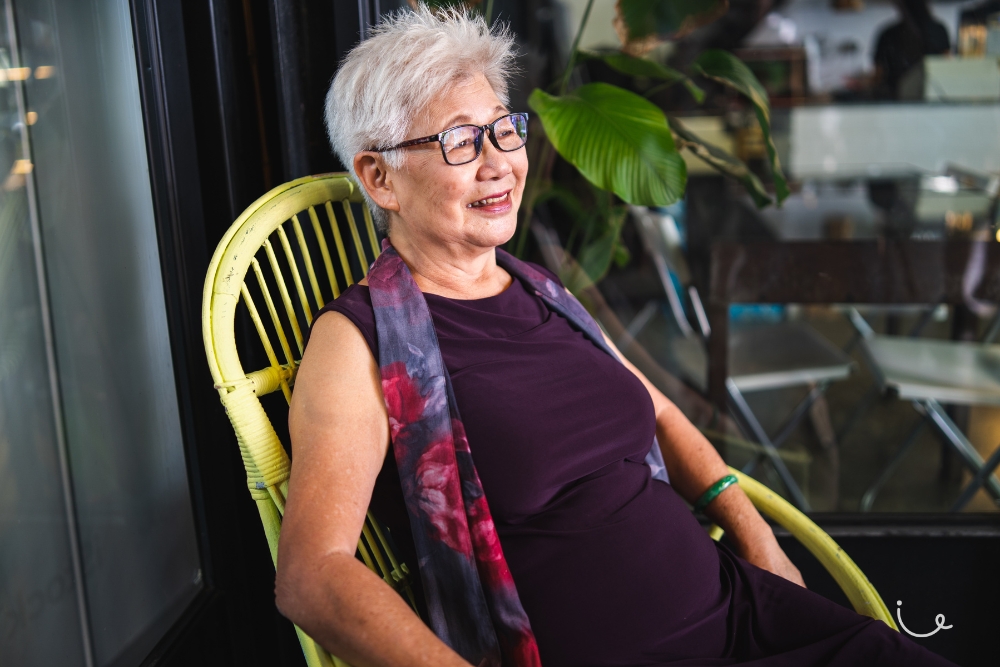
| Setting | Eldercare Option | Length of Stay | Level of Supervision | Remarks |
|---|---|---|---|---|
| Individual | Ageing in Place | Long term | None to minimal | |
| Individual | 2-Room Flexi Flat | Long term | None to minimal | |
| Community | Senior Day Care Centre | Short term | Minimal to high | |
| Community | Community Care Apartments | Long term | Minimal to medium | |
| Community | Senior Co-living | Long term | Medium | In Singapore, generally connotes retrofitted homes |
| Community | Retirement Villages | Long term | Minimal to medium | Usually comes with lifestyle amenities |
| Dedicated | Community Hospital | Short term | Medium to high | |
| Dedicated | Nursing Home | Long term | High | |
| Dedicated (various) | Hospice / Palliative Care | Long term | High |

